The map displayed below illustrates the primary suggestions provided by Google when typing the question “Why is …?” followed by the names of different countries. It is important to note that these suggestions can vary depending on the country from which you access Google. The map was generated using a VPN based in New York, thus representing the search patterns of individuals in the United States. Accessing Google from a different country may yield distinct suggestions. Browse through them and let us know what you think.
1.

2.

3.

4.

5.

Google, as a global technology giant, makes certain assumptions about different countries and the languages they use in the context of its services and products. These assumptions revolve around factors such as the size and diversity of a country’s user base, the popularity of specific languages within that country, the script and character sets used, and the cultural sensitivities of the local population. Google acknowledges the importance of tailoring its offerings to the unique linguistic and cultural needs of each nation, striving to provide content and services that are relevant and accessible to a global audience. The company’s approach is data-driven, evolving over time to better serve users in different regions, promoting linguistic diversity and inclusivity in its technology ecosystem.
6.
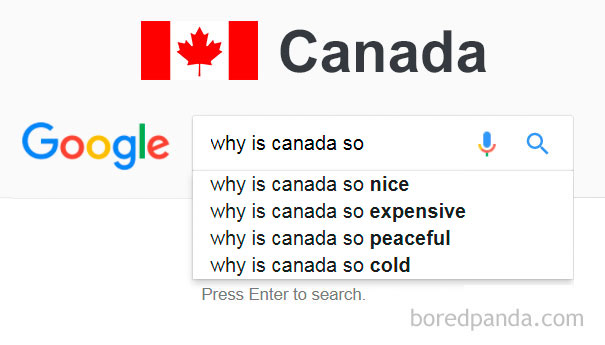
7.

8.

9.

10.

11.

People use Google to find all sorts of funny and sometimes strange things about different countries. They might ask, “Do kangaroos really hop around Australia’s cities?” or “Can you see the Northern Lights from an igloo in Canada?” These funny searches show how curious and playful people can be when learning about other countries and their unique features. Google helps us discover and share these amusing facts, bringing a bit of humor and wonder to our understanding of the world.
12.
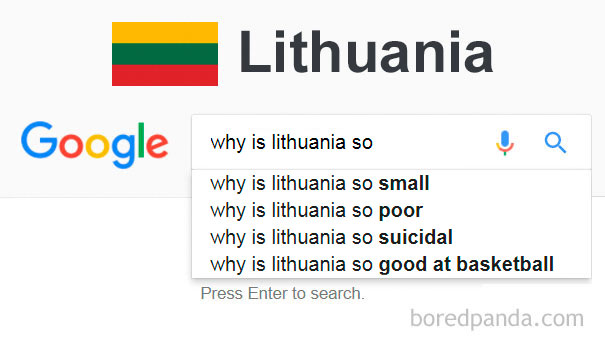
13.

14.

15.

16.

17.

18.

19.

20.

21.

22.

23.
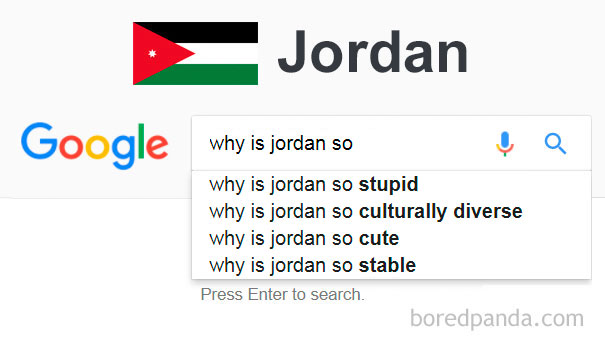
24.

25.

26.

27.
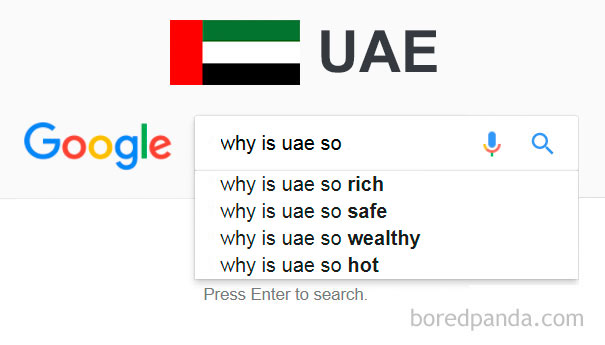
28.

29.

30.

31.

32.

33.

34.

35.

36.
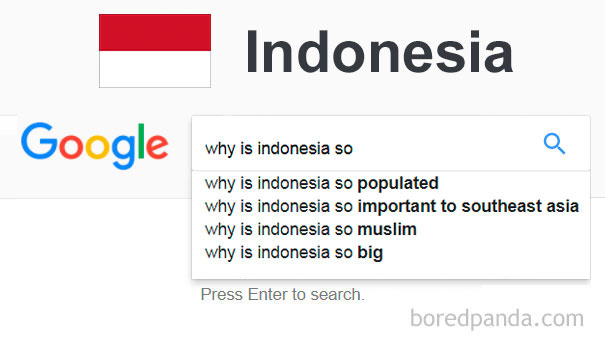
37.

38.

39.
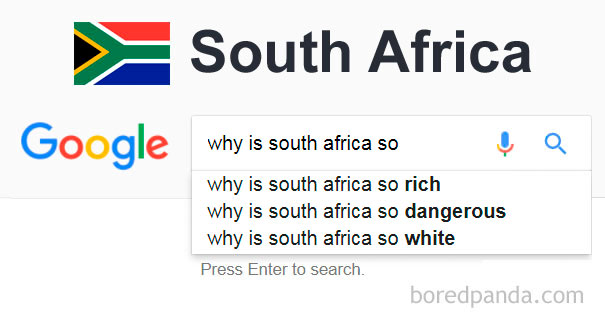
40.

41.

42.

43.

44.

45.

46.
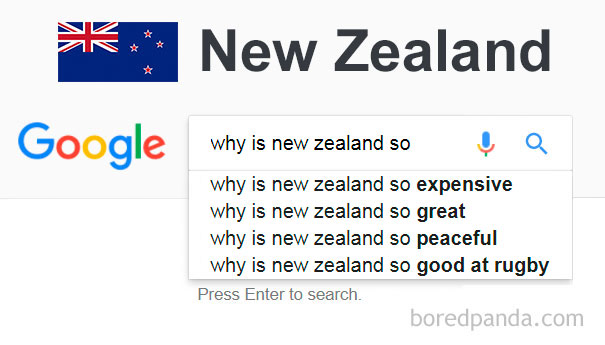
47.

48.

49.

50.

51. Europe







